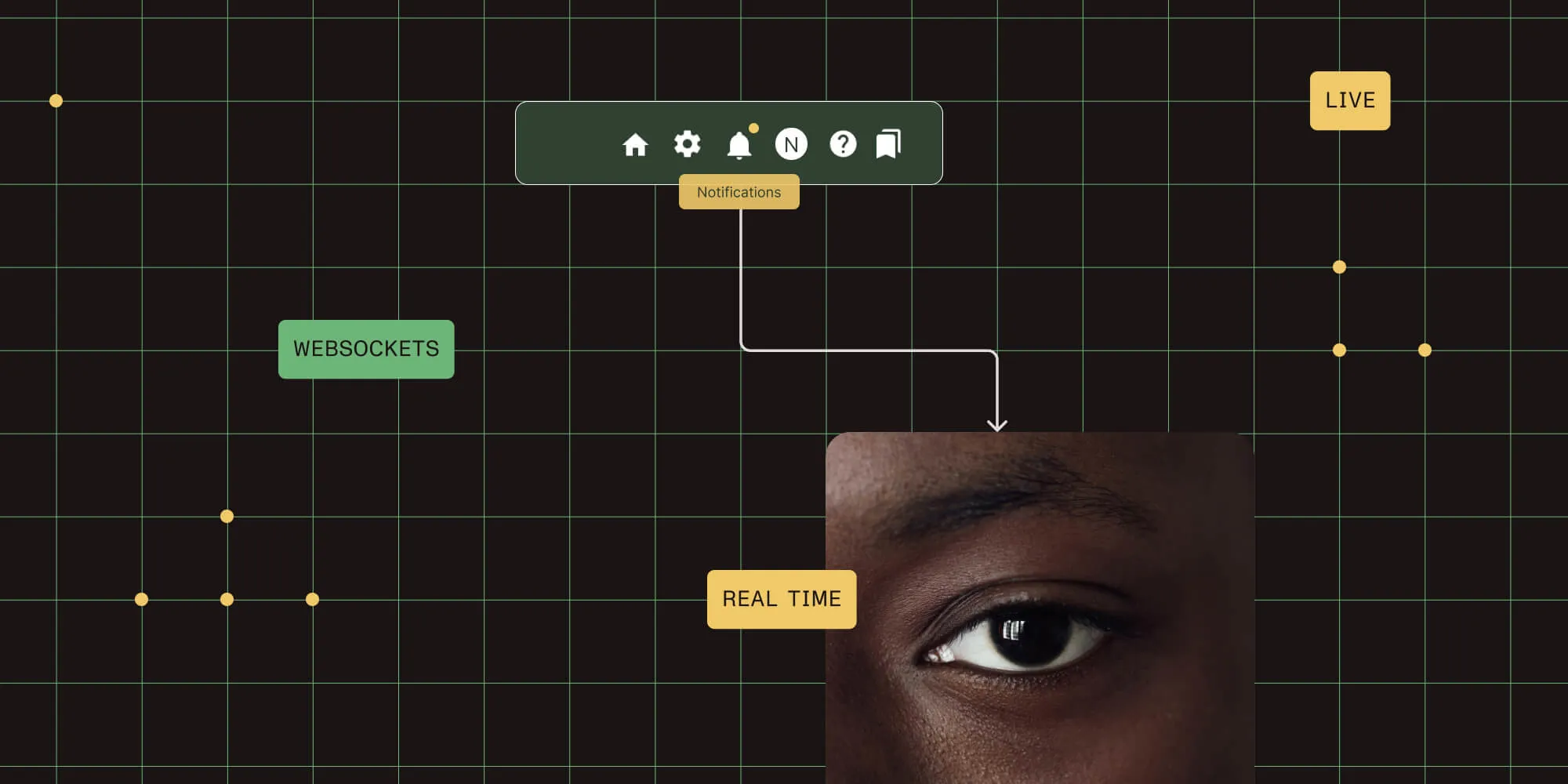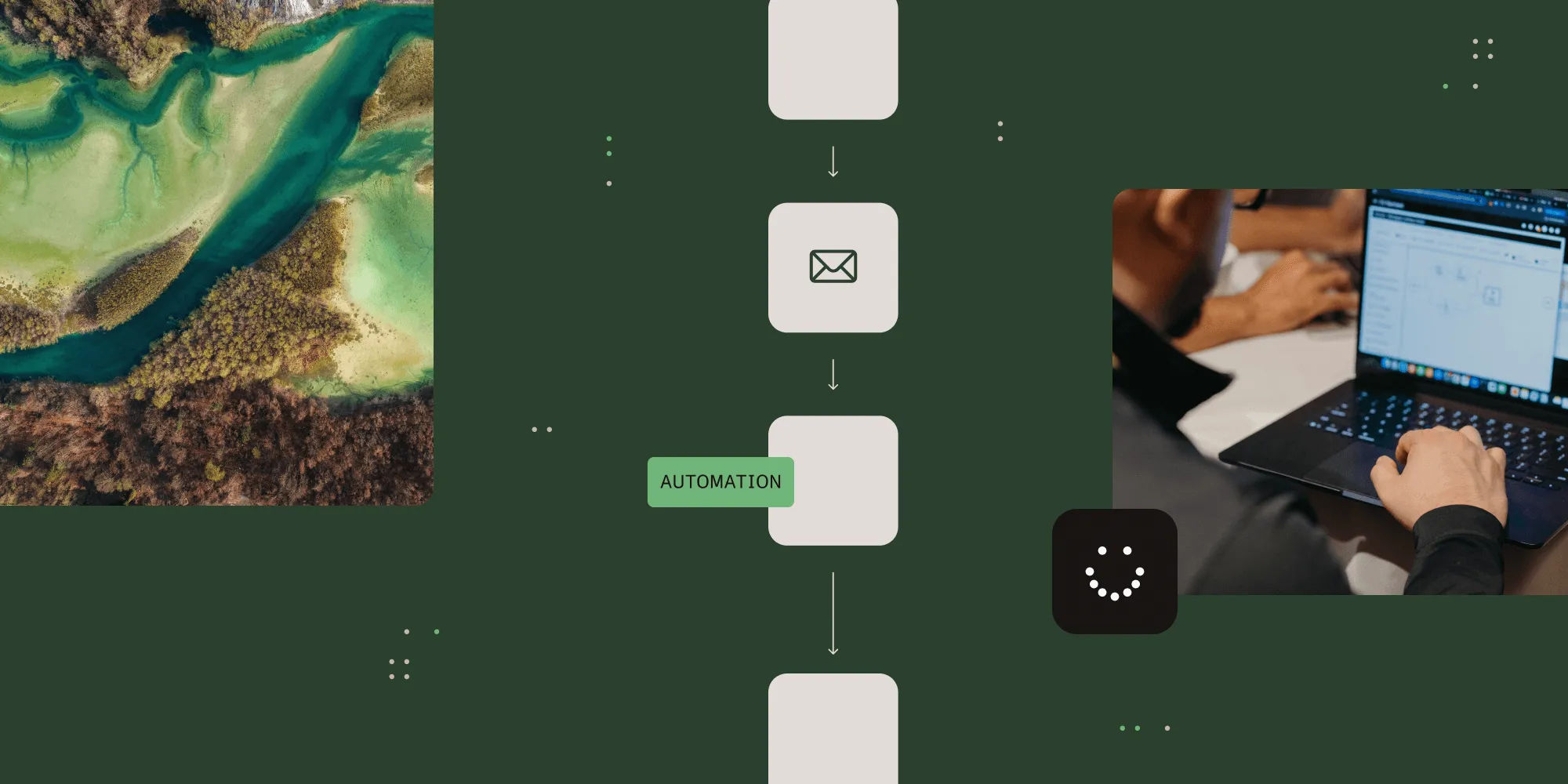Six Sigma vs. Kaizen Process: Key Differences Explained
Table of contents

No time to read? Sit back and listen to this post.
Nutrient Workflow(opens in a new tab) · Six Sigma vs. Kaizen Process: What's the Difference?(opens in a new tab)
Kaizen and Six Sigma process are used by industries around the world and, while they both refer to lean principles of eliminating waste, there are distinct differences in how each methodology gets implemented.
Related:
- The Kaizen Approach to Workflow Automation
- How to Build a Culture of Continuous Improvement
- Guide to Business Process Design & Analysis [With Examples]
Japanese companies didn’t earn their reputation for producing high-quality products with maximum efficiency out of nowhere. Their move toward better production standards can be traced back to when the car company Toyota started refining its corporate mindset and business practices in a way that lent itself to the idea of kaizen, or “continuous improvement.” Japan achieved so much success that it led Motorola to develop the Six Sigma lean process as a competing philosophy to keep Western companies from losing market share.
Today, you’ll find the Kaizen process and Six Sigma process in wide use in industries around the world. However, while the terms are often used interchangeably to refer to lean principles of eliminating waste, there are distinct differences in how each methodology gets implemented. This guide highlights those distinctions and when you might want to use one or the other.
What are the Principles of Kaizen?
Companies that decide to follow the Kaizen model must commit to the core principles below. They all tie back to the main idea that there’s always a way to improve things, even if those things seem to function well now.
- Remove all assumptions — Try to approach business processes with a fresh mindset that isn’t bogged down by how people are “used to” doing things. That way, you can free yourself to develop new approaches that can improve the old processes.
- Stay proactive about solving problems — Instead of letting yourself get overwhelmed at the scope of a problem, look at the situation as an opportunity to make things better. In addition, accept it as a chance to show off your talents and ability to come up with solutions.
- Accept accountability — Instead of distracting yourself and the team with what went wrong, focus on more productive activities. Show team members a better way of moving forward and show them how to put those practices to work.
- Look for modest improvements — Not every improvement needs to be something huge. Finding ways to improve the efficiency of smaller tasks can lead to greater results than trying to completely revamp how a department works. In addition, focusing on incremental, continuous changes can bring steady results over time.
- Fix mistakes when you find them — Focus on finding solutions to issues and find ways to avoid having the problem reoccur in the future.
- Empower team members — Give everyone on the team a say in how things function. That gets them more engaged while bringing fresh ideas and concepts into the organization.
- Dive deeper into problems — Instead of settling for quick fixes to meet a deadline, spend time getting to the root of an issue. That way, you avoid repeating the same mistake in the future.
- Get input from different people — It helps to seek out insight from other people within the organization, versus regularly going to just one person. That expands the pool of possible solution-bringers to address an issue.
- Rely on data — Invest in collecting, interpreting, and reporting out data that helps with decision-making.
- Keep going — Don’t settle for a specific end goal. Instead, keep looking for ways to make things better with Kaizen process improvement.
Kaizen Methodology and Tools
Kaizen, a Japanese term meaning “change for the better” or “continuous improvement,” is a methodology that emphasizes small, incremental changes to improve processes and products. The Kaizen approach involves all employees in identifying and solving problems, fostering a culture of collaboration and empowerment. Some common Kaizen tools include:
- Value Stream Mapping (VSM): A visual tool used to map and analyze processes, helping to identify areas for improvement.
- Root Cause Analysis (RCA): A method to identify the underlying causes of problems, ensuring that solutions address the root issues.
- 5S: A framework for workplace organization and cleanliness, promoting efficiency and safety.
- Poka-Yoke: A technique to prevent errors and defects, ensuring that processes are designed to minimize mistakes.
By utilizing these tools, organizations can create a continuous improvement strategy that drives long-term success and operational excellence.
What Are the Principles of Six Sigma?
The core principles of Six Sigma are:
- Keep the focus on the customer
- Make sure you understand the work process
- Keep processes flowing smoothly
- Eliminate waste and focus on value
- Remove variations to get rid of defects
- Collaborate with the team and get buy-in from everyone
- Come up with a scientific and systematic way of getting things accomplished
Kaizen vs. Six Sigma: Which One is Better?

When it comes to the Lean process, Kaizen and Six Sigma are both offshoots. Kaizen is rooted in the idea that making small, continuous positive changes can lead to significant improvements. As a result, you often find Kaizen put to use in industries like healthcare, but it’s also capable of working at a department level.
There are various approaches and tools used to implement Kaizen. For example, you can create value stream mapping (VSM) using Nutrient Workflow software to document, review, and improve various workflows that produce services and products.
Six Sigma process improvement focuses on getting rid of defects and inefficiency in business workflows. It breaks down each process into components and then uses statistics to find weaknesses and areas where an organization can eliminate waste. The goal of Six Sigma is to come up with a way to produce consistent and reliable outcomes.
Those who invest in the methodology develop a Six Sigma process map to have a common understanding of a process and the way it works. In addition, lean Six Sigma process mapping helps teams locate complex steps that need simplifying.
Another benefit of lean Six Sigma process mapping is comparing a current workflow to a new process. Upon completion, projects teams can share the maps with others to help them understand what’s happening.
Case Studies and Examples
Here are some case studies and examples of organizations that have successfully implemented continuous improvement methodologies:
- Toyota: The Japanese automaker has embraced a Kaizen culture to continuously improve processes and products. By involving all employees in the improvement process, Toyota has achieved significant gains in efficiency and quality.
- General Electric: This multinational conglomerate has implemented Six Sigma to reduce defects and improve efficiency across its diverse business units. The structured approach of Six Sigma has helped GE achieve consistent and reliable outcomes.
- Amazon: The e-commerce giant has adopted Lean Six Sigma to streamline processes and enhance customer satisfaction. By focusing on eliminating waste and improving efficiency, Amazon has maintained its competitive edge in the market.
- Ford Motor Company: The American automaker has utilized Lean Six Sigma to improve efficiency and reduce waste in its manufacturing processes. This approach has led to significant cost savings and improved product quality.
These case studies and examples demonstrate the effectiveness of continuous improvement methodologies in achieving business excellence and improving processes, products, and services. By adopting Kaizen and Six Sigma, organizations can drive sustainable growth and maintain a competitive advantage.
When to Pick One or the Other
If you’re looking to improve the whole organization or an entire department, then Kaizen might be the way to go. It allows more flexibility in how you get things accomplished. In addition, there’s no requirement to come up with rigid statistical methodology or other scientific standards. Perfection isn’t the end goal, only gradual improvements. Kaizen also emphasizes getting everyone engaged in making those enhancements.
For projects that involve dealing with product defects, Six Sigma may be the better approach. It can eliminate mistakes from the workflow that interfere with the delivery of a final product. In addition, Six Sigma promotes bonding with customers by resolving their issues a top priority. It also removes complications from workflows by applying logic to create a workable and sustainable solution.
Get the Right Tool for Your Project Methodology
Nutrient Workflow’s workflow platform supports process mapping for any project methodology. That way, you can quickly develop workable solutions to address your business needs. Set up a demo of our software by contacting us here(opens in a new tab).
FAQ
Kaizen focuses on continuous, small improvements, while Six Sigma emphasizes eliminating defects through statistical analysis.
Kaizen is widely used in healthcare, manufacturing, and service industries for continuous process improvement.
Six Sigma principles include customer focus, process flow optimization, waste elimination, and defect reduction.
Yes, many organizations combine Kaizen's continuous improvement with Six Sigma's structured problem-solving approach for optimal results.
Kaizen empowers team members to contribute ideas, while Six Sigma promotes teamwork through collaboration on data-driven projects.







